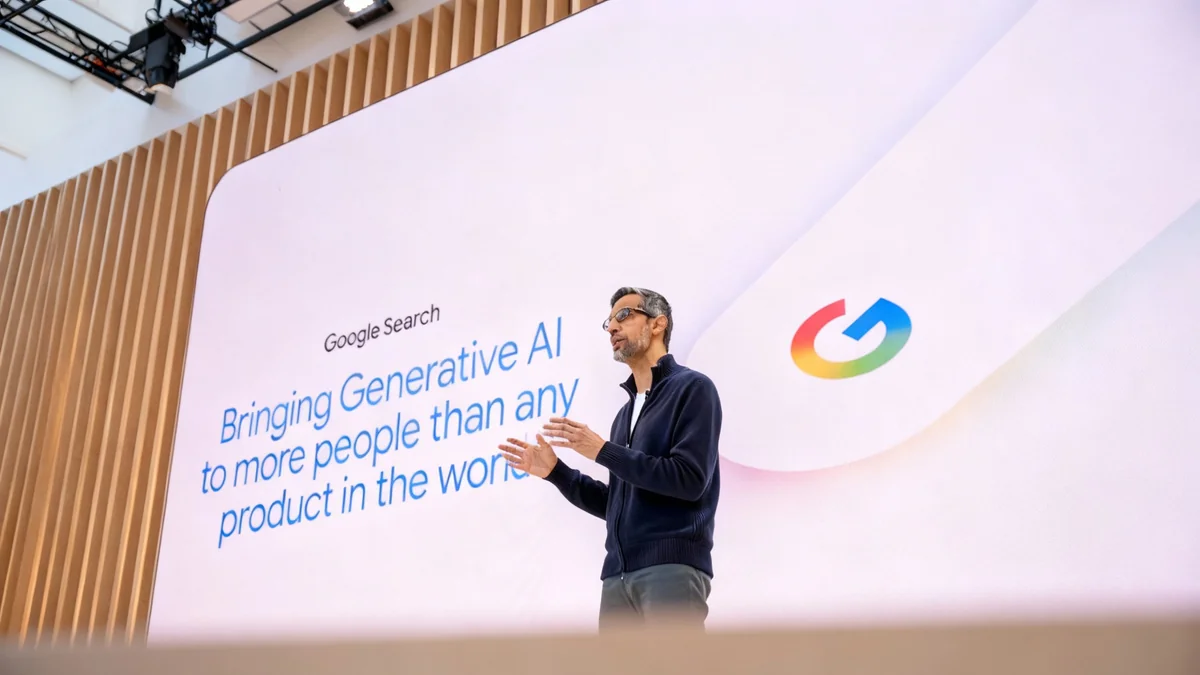A new study from the Stanford Digital Economy Lab reveals a significant trend in the U.S. job market: employment for early-career workers in roles highly exposed to generative AI has declined since late 2022. The research highlights that young software engineers are among the most affected groups, experiencing job losses while their more senior counterparts see stable or growing employment.
Key Takeaways
- A Stanford study found that jobs with high generative AI exposure saw employment declines for workers aged 22-30.
- Early-career software engineers have experienced a notable drop in employment since October 2022.
- In contrast, employment for mid-level and senior engineers has remained stable or increased during the same period.
- The study used real-time payroll data from millions of U.S. workers provided by Automatic Data Processing (ADP).
A New Divide in the Job Market
Since the public release of advanced generative AI tools in late 2022, a clear divergence has emerged in employment trends for certain professions. Researchers at Stanford University have identified this split using large-scale, current payroll data from ADP, one of the largest payroll providers in the United States.
The study, conducted by the Stanford Digital Economy Lab, shows that occupations where AI can perform many daily tasks have seen a drop in hiring for younger workers. These roles, often entry-level, involve tasks that modern AI systems are becoming increasingly capable of handling.
Why Younger Workers Are More Affected
Generative AI tools excel at tasks commonly assigned to entry-level professionals, such as writing basic code, summarizing documents, or creating initial drafts. However, these tools lack the years of experience and nuanced judgment that define senior-level roles, making those positions less susceptible to automation and more focused on strategy and oversight.
The researchers categorized jobs into five groups based on their level of exposure to AI. In the two most-exposed groups, employment for the youngest workers fell by approximately 6 percent. Meanwhile, jobs with the lowest AI exposure saw employment growth of 6 to 13 percent across all age groups.
Software Engineers Face Significant Impact
The field of software engineering serves as a primary example of this new trend. The rise of AI-powered coding assistants has generated considerable discussion about the future of developer roles. The Stanford study provides early data-driven insights into these changes.
A Tale of Two Career Stages
Data from October 2022 through mid-2023 shows that while employment for software developers aged 22-30 declined, positions for mid-level and senior developers saw modest growth. This suggests that companies may be using AI to handle foundational tasks, reducing the need for new hires while still valuing experienced engineers.
Bharat Chandar, a postdoctoral fellow at the Stanford Digital Economy Lab and one of the paper's authors, noted that while other factors in the tech industry could be at play, the pattern is consistent across multiple industries.
"It could be that there are reversals in these employment declines...So we’re going to continue to track this and see what happens," said Chandar, emphasizing the preliminary nature of the findings and the need for ongoing monitoring.
The study also examined a broader category defined by the U.S. Bureau of Labor as "computer occupations," which includes hardware engineers and web developers. The results were similar, indicating a widespread effect across the technology sector.
Automation Versus Augmentation
To understand the mechanisms behind these employment shifts, the research team analyzed how AI is being used in different occupations. They incorporated data from the Anthropic Economic Index, which helps estimate whether AI tools are more likely to automate tasks or augment a worker's capabilities.
The findings showed a clear distinction:
- Automation-heavy roles: Occupations where AI could replace human tasks saw the notable declines in early-career employment.
- Augmentation-focused roles: Jobs where AI acts as a tool to enhance an employee's productivity did not experience the same employment drop.
This suggests that the impact of AI on the job market is not uniform. Instead, it depends heavily on whether the technology replaces or complements human labor within a specific role.
Future Outlook and Research
The Stanford researchers consider this study an early look at a rapidly evolving landscape. The data provides a snapshot from the initial phase of widespread generative AI adoption, and trends could shift as companies and workers adapt.
Chandar acknowledged the limitations of the current analysis, which was based on Anthropic's index. "Ideally, we would love to get more data on AI usage from the other AI companies as well, especially Open AI and Google," he stated. Obtaining a more comprehensive view of AI usage across different platforms is a key goal for future research.
The team also plans to expand its analysis beyond the United States to understand if these employment trends are a global phenomenon. As AI technology continues to advance, tracking its real-world impact on the workforce will remain a critical area of study for economists and policymakers alike.





